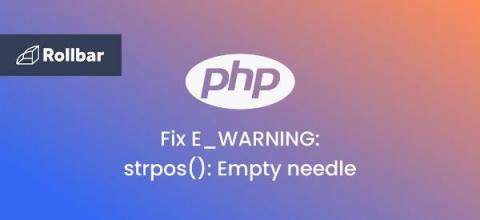What is Migration in Rails?
Migration in Rails is a tool that allows the developer to use Ruby to change an application's database schema. Instead of using SQL scripts, we use Ruby code, which is database independent, so it is easy to move the application to a completely new platform. We define these database changes in domain-specific language (DSL), and these migrations can be rolled back and managed along with the application source code.











